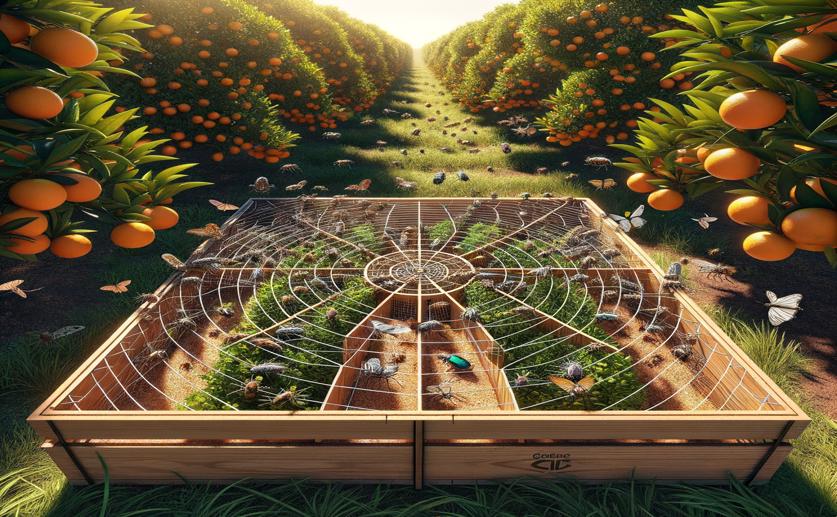
Adding Plant Scents to Traps Doesn't Catch More Citrus Bugs
Jim Crocker
6th April, 2024

Image Source: Natural Science News, 2024
Key Findings
- In South Africa, researchers tested if adding attractive odors to traps would catch more citrus-damaging psyllids
- The study found that the added odors did not increase the number of psyllids caught in the traps
- Higher temperatures sped up the loss of these odors from the traps, potentially reducing their effectiveness over time
References
Main Study
1) Addition of Selected Plant-Derived Semiochemicals to Yellow Sticky Traps Does Not Improve Citrus Psyllid Captures
Published 3rd April, 2024
https://doi.org/10.1007/s10886-024-01491-0
Related Studies
2) Lemon Terpenes Influence Behavior of the African Citrus Triozid Trioza erytreae (Hemiptera: Triozidae).
3) Mitochondrial genetic variation reveals phylogeographic structure and cryptic diversity in Trioza erytreae.
4) Detection of Asian Citrus Psyllid (Hemiptera: Psyllidae) in Ethiopia: A New Haplotype and its Implication to the Proliferation of Huanglongbing.
5) Distribution of Candidatus Liberibacter species in Eastern Africa, and the First Report of Candidatus Liberibacter asiaticus in Kenya.



 4th April, 2024 | Jim Crocker
4th April, 2024 | Jim Crocker